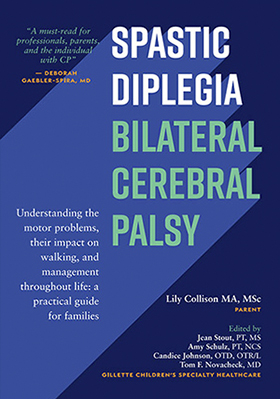Phenol is a medication delivered by injection. It was used as a treatment for spasticity for many decades before the advent of BoNT-A. Phenol is injected directly into the motor nerve,* causing a chemical reaction that prevents the nerve from sending messages to the muscle. (Note that phenol is injected into the nerve, whereas BoNT-A is injected into the muscle.) Treatment with phenol is normally done under general anesthesia to minimize discomfort for the patient and because minimal movement is required during the injection process. Usually two to four muscle groups are injected in a single session.
The only, rare side effect of treatment with phenol occurs if the injection hits a sensory nerve.** This may result in the patient feeling a temporary burning sensation and/or hypersensitivity to touch that may last a few weeks. Medication can be given if this occurs. Again, no overnight hospital stay is typically necessary.
The effects of phenol generally last three to 12 months. Repeated injections can lead to a cumulative effect, meaning the effects may last longer than one year. Because phenol acts at the level of the nerve, whereas BoNT-A acts at the level of the muscle, phenol may have a broader effect than BoNT-A.
The use of phenol differs around the world. It has become less popular for a number of reasons, including the advent of BoNT-A. Sometimes it is used in conjunction with BoNT-A because it allows more muscles to be treated without exceeding the dosage recommendations for either medication. There appear to be no studies of phenol use in CP. This is an example of situation where there is a lack of research evidence but clinical expertise supports the use of a treatment.
*A motor nerve sends signals away from the spinal cord to a muscle. A sensory nerve sends signals (about temperature, pain, touch, etc.) from all parts of the body to the spinal cord. **This is one reason phenol is not used in more muscle groups. It can only be used in nerves that are motor only (after the sensory nerve rootlets have separated).
The above is an extract from Spastic Diplegia–Bilateral Cerebral Palsy available here.


